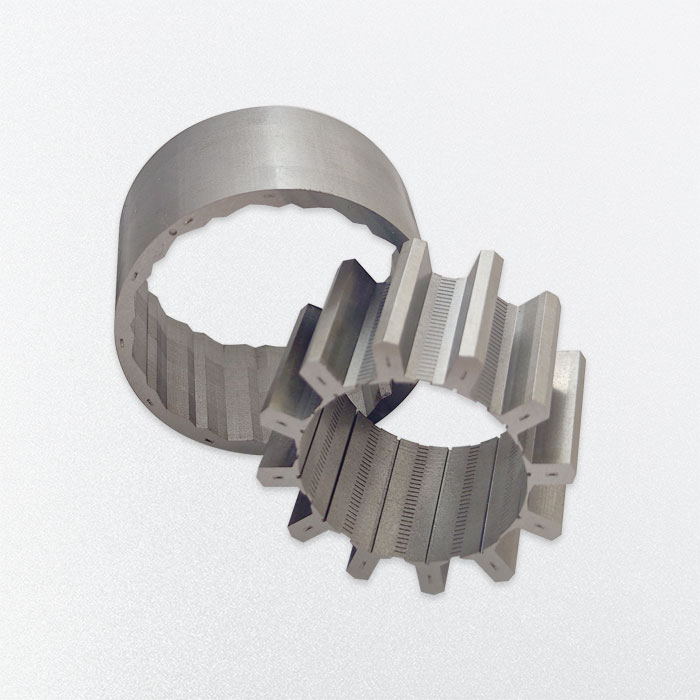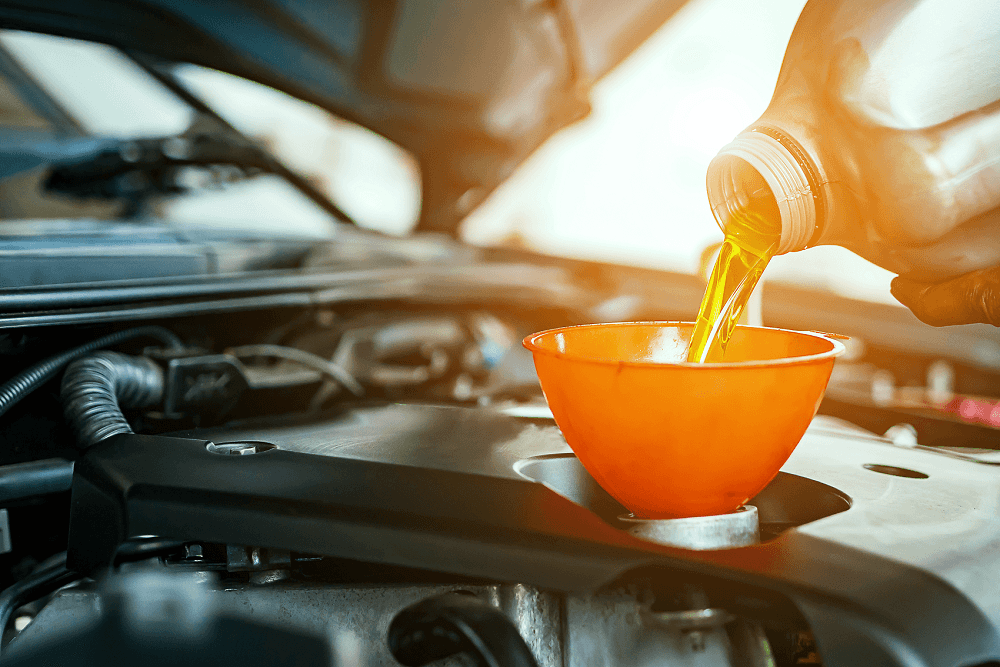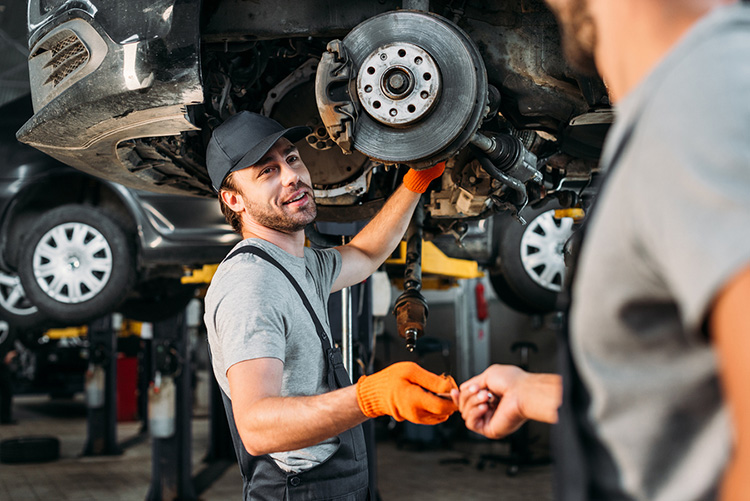The market for electric vehicles, or EVs, is growing rapidly because to the global transition to sustainable transportation. Two essential parts, the stator and rotor cores, are at the center of any high-performance EV motor.
These parts are essential to the motor’s smooth operation, supplying power while preserving dependability and longevity. The performance of these cores can significantly impact the overall driving experience, making them essential in modern electric vehicle technology.
Table of Contents
Understanding Stator and Rotor Cores
Electric vehicle motors are driven by the interaction between the stator and rotor. Within the stator, which is the fixed component, the rotor rotates to provide the magnetic fields required to produce motion. These parts work together as the motor’s structural core, supplying the force that propels the car.
Building the stator and rotor cores correctly is essential to attaining good motor efficiency. Usually constructed from electrical steel laminated sheets, these cores reduce energy loss and improve performance. By stacking thin layers of steel, manufacturers can reduce the formation of eddy currents—unwanted currents that create heat and waste energy.
How Laminations Help Cut Down on Energy Loss
Laminations are essential in reducing the amount of energy lost as heat in an electric motor. As the motor operates, magnetic fields are induced in the stator and rotor cores. Without laminations, the process would produce significant eddy currents, which would lead to energy waste and inefficiency. By using multiple thin layers of steel, laminated cores allow magnetic fields to pass through efficiently while preventing heat generation caused by eddy currents.
Because of its exceptional magnetic qualities, premium electrical steel is used to make these laminations. The material’s high electrical resistivity ensures minimal loss during the transmission of electrical energy. This is critical in electric vehicles, where energy efficiency is a top priority. The reduced energy loss not only enhances the performance of the motor but also increases the range and longevity of the vehicle.
Material Selection for Stator and Rotor Cores
The materials used in the manufacturing of stator and rotor cores are crucial to achieving the desired motor performance. The material of choice for electrical steel is silicon steel because of its low core loss and strong magnetic permeability. Silicon steel is specially designed to handle the magnetic flux generated in motors and prevent unnecessary energy dissipation.
For the stator core, non-oriented electrical steel is typically used, as it provides consistent magnetic properties regardless of the direction of the magnetic field. For the rotor core, grain-oriented electrical steel is more common because it enhances the efficiency of the motor by aligning the grain structure in the direction of the magnetic field, improving performance at high speeds.
The selection of these materials ensures that the stator and rotor cores operate efficiently, allowing the motor to provide maximum power while minimizing heat and energy loss.
Precision Manufacturing for Optimal Performance
The production of stator and rotor cores requires precise manufacturing techniques. The thin laminations must be cut to exact specifications, ensuring that the cores fit seamlessly into the motor. This precision is achieved through advanced cutting methods, such as laser cutting and stamping, which allow for high accuracy in shaping the steel sheets.
Manufacturers also ensure that each lamination is free from defects that could impair motor performance. Any imperfections or variations in the thickness of the laminations can create uneven magnetic fields, leading to inefficiencies in the motor. Strict quality control measures are implemented throughout the production process to ensure that the final product meets the highest standards.
Additionally, some manufacturers, including Gator Lamination, specialize in custom-designed stator and rotor cores, tailoring the design and materials to meet the specific needs of electric vehicle manufacturers. The creation of highly customized motors that satisfy the exacting specifications of contemporary EVs is made possible by this flexibility.
The Future of Stator and Rotor Core Technology
The demand for reliable and effective stator and rotor cores will increase as the market for electric vehicles expands. To further increase motor efficiency, manufacturers are always trying to improve the fundamental production processes and materials. Innovations in material science, such as the development of new, high-performance electrical steels, are helping to push the boundaries of what is possible in electric motor technology.
Furthermore, advancements in manufacturing techniques, such as automation and 3D printing, may open up new possibilities for customizing stator and rotor cores. These innovations will not only improve motor performance but also help to meet the growing demand for electric vehicles by enabling faster, more efficient production.
Conclusion
Stator and rotor cores are crucial components in the design of high-performance electric vehicle motors. Their ability to reduce energy loss, enhance efficiency, and provide reliable power is key to the performance of modern EVs.
As the industry continues to evolve, innovations in materials and manufacturing processes will ensure that these components remain at the forefront of electric vehicle technology, powering the future of sustainable transportation.












:max_bytes(150000):strip_icc()/GettyImages-522272311-5949bdc15f9b58d58a035319.jpg)
